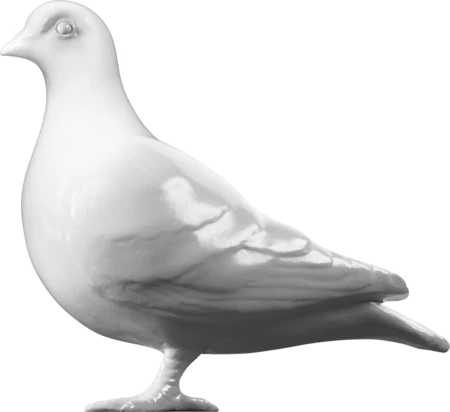Fashion — 1500-1599
Cap
A woollen single-brimmed small, heavily napped cap from the 16th century. It was knitted in the round in stocking stitch on 4 or 5 needles, then fulled (washed, beaten and felted) and napped (raising and trimming the pile) to produce a stiff, hardwearing fabric. Please see below for detailed cataloguing.
Knitted caps were worn by men in London's business and working communities in Tudor times. They were designed to be warm and waterproof. A range of styles and qualities were available to suit the taste and pocket of the customer.
There were as many as 15-20 successive stages involved in making one cap and they are products of highly-skilled, professional workers. Bright colours such as blue or red were common, as were black and dark brown. Most of the caps are now shades of brown from long immersion in damp earth and would need dyed analysis to discover their original colour. This one has remained an intense black.
The cap was bought by London Museum in 1914 and no further find details are known. Workmen in the early 20th century digging deep foundations for new buildings around the City of London found many pieces of clothing and textiles buried in the earth. Many are in a good state of preservation and may have been lost from wearers’ heads or discarded when they became unfashionable (from around 1570), thrown into the City ditch and cesspits. Unfortunately, because these were not formal archaeological excavations, any strata details or contextual material such as pottery that would help date the caps more closely were lost.
These caps are sometimes called ‘apprentice’ or ‘statute’ caps. In 1571 a statue was passed ordering every man over the age of six, except those of high rank, to wear a knitted woollen cap made in England on Sundays and holidays.
TECHNICAL INFORMATION
This is the smallest cap in the collection and has previously been idenitifed as a child's cap. However, it is only small enough for a newborn baby, who would not wear something so thick. It may be an adult garment, made to perch fashionably on a women's hairstyle. It could also be an apprentice piece, testing the maker's skill in capping techniques. This piece is also the only example with a cross made of slight ridges in the crown, and a loop finishing off the knitting in the centre.
The cap, including crown and brims, is knitted in the round in one continuous working, using random decreases on the crown to achieve the round shape without spiral patterns of counted decreases. The fulling has made it very stiff, with no elasticity or ‘give’ at all. The feel is more like crisp felt than soft knitting. The woollen yarn has a hard twist to it, much more tightly spun than modern yarns. This gives the density of fibres that creates the very fine, dense, velvety nap. The pile on this cap nearly entirely obscures the knit loops underneath. they are only visible in one section of moth damage. The fulling can also make it difficult to determine the yarn spin direction.
Yarn - S? spun, 2 ply. 6 stitches per inch.? rows per inch. Munsell Colour Value 2.5Y 2/0 (black). Weight: 53 grams. The ground yarn is the same colour as the remaining pile, suggesting it was yarn-dyed or is the natural wool colour. Average width of crown 5.25 inches; length 4.75; brim width 1 inches
- Category:
- Fashion
- Object ID:
- A15260
- Object name:
- cap
- Object type:
- Artist/Maker:
- —
- Related people:
- Related events:
- Related places:
- Production date:
- 1500-1599
- Material:
wool
- Measurements/duration:
- H 70 mm, W 133 mm (crown), CM 470 mm, W 25 mm (brim)
- Part of:
- —
- On display:
- —
- Record quality:
- 60%
- Part of this object:
- —
- Owner Status & Credit:
Permanent collection
- Copyright holder:
digital image © London Museum
- Image credit:
- —
- Creative commons usage:
- —
- License this image:
To license this image for commercial use, please contact the London Museum Picture Library.

